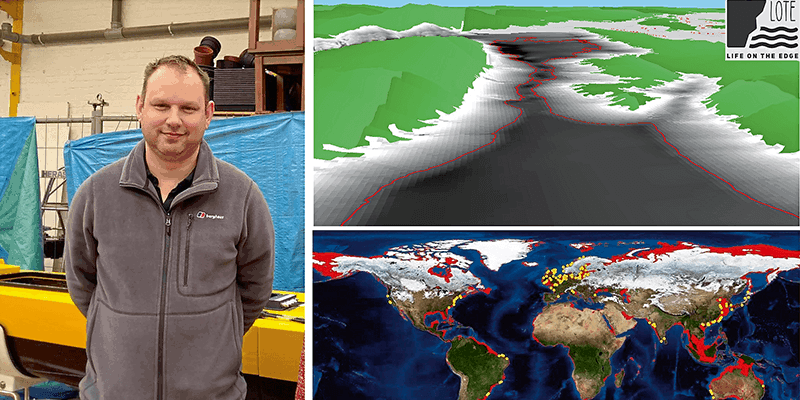At the end of march, geo-archaeologist Dr. Simon Fitch from the University of Bradford embarked on a first-of-its kind mission to map ice age landscapes that were lost to the oceans millennia ago

The five-day survey of the Adriatic seabed using state-of-the-art underwater 3D seismic sensors, is the first in a series of UKRI-funded Life on the Edge expeditions to be conducted over the next five years. These will map parts of the Adriatic and North Sea as they were between 10,000 and 24,000 years ago.
“This is the first time anyone is going more than 500m from the coastline in the Adriatic to map the seabed. We know humans once lived on the land down there because trawlers regularly dredge up artefacts. This is about finding out who we are a s a species and where we come from, explained Dr. Fitch.
The work will help build a m ore complete picture of human history, says Dr Fitch. “If we go back in time to the period known as the late Palaeolithic - between 10,000 and 24,000 years ago - sea levels were up to 100m lower than they are today. We know most human populations like to live on the coastline, so it’s likely there were settlements on what is now the seabed. Our aim is to find evidence of those settlements and then recover the archaeology.”
The Life on the Edge expeditions will see archaeologists from Bradford joined by collaborators from the University of Split, the Flanders Marine institute (VLIZ) and commercial companies working on offshore wind farms. State-of-the-art supercomputers installed at the University of Bradford will be used to crunch reams of data and turn it into readable maps, showing lost landscapes, including rivers, hills and other features.
The Adriatic survey has already attracted attention from overseas, with seasoned underwater archaeologist Dr Jessica Cook Hale travelling from the University of Georgia to join Dr. Fitch in Split. She said, “Bradford is one of the few places doing this type of research so I’m thrilled to be joining the team. Carrying out geo-archaeology on submerged landscapes is really the only way to approach the problem of finding out about our prehistoric ancestors. As archaeologists, we’re naturally curious, we always want to ask ‘what came before?’
Dr. Fitch concluded, “We are at the edge of technology, of archaeological research, and the edge of human existence, in terms of where people used to live. We’re doing things no-one has done before and going places no-one has been, so whatever we find really will be a world first.”


